n. 330
n. 330 - twenty constructs on a plane [contaminate/debris/fluid/irregular]
2016
Clear acrylic slab mounted on mild steel frame with installation in calcium carbonates [calcite, aragonite, iwagofun, Carrara marble, Veronese marble, Alpine marble, Prugna marble, coral marble, travertine, Savonneire rock, Belgium chalk, Alba Albula, gofun, hamaguri gofun, eggshell, coral], dolomite, lime white [Bianco San Giovanni], Roman pit lime, pit lime, oxidised iron filings, graphite, nikawa, bamboo paper, cotton pulp paper, and cotton lint
380 x 30 x 160 cm [approx.]
And The Rest of Such Things, Institute of Contemporary Arts Singapore
n. 330 – twenty constructs on a plane [contaminate/debris/fluid/irregular] is a collection of 20 material and formal studies in natural fibres and mineral pigments. The specific use of natural materials in n. 330 such as marble, limestone, and eggshell white [various forms of calcium carbonate] underscores the entropic quality of nature.
The work is a tension between form and formless, order and chaos, and containment and infinity. Being formless does not mean being without form. Instead, it points to the “formless” nature of the materials and the art making process - the becoming of the work; where the unknown, disorder and impurity are intrinsic aspects of the process. This process of formation resonates with the notion of sedimentation that suggests an accrual and aggregation of things and meanings formed over a period of time.
The concept of sedimentation takes reference from natural geological processes and can be considered as “a form [or formless form] of growth that is accumulative within certain limits but retain a degree of unpredictability”. On the other hand, it suggests an accrual and aggregation of things and meanings, formed over a period of time to form intuitive individual strata.
For n. 330, the circle is more than just a geometric shape. It functions as a medium of formation for the sedimentation of materials. It orders the formless materials into specific forms [the circular column]. The circle is in constant flux – expanding outwards [deposition] and contracting inwards [erosion] by means of material addition or removal. Various methods are rendered intuitively without clear differentiation in the formation of the circular elements – pouring, tearing, grinding, sanding, casting, and scraping. The development of the 20 constructs is associated to the 4 conditions of the formless – irregular, fluid, contamination and debris
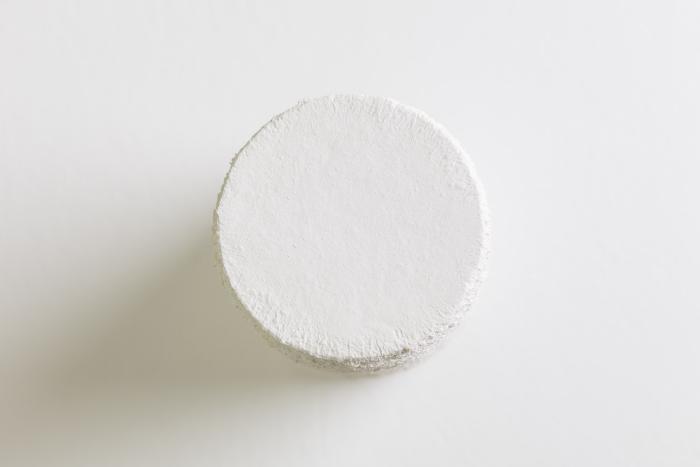
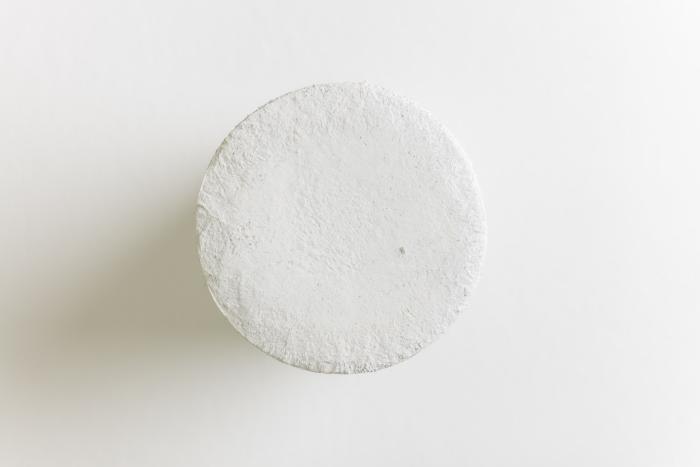
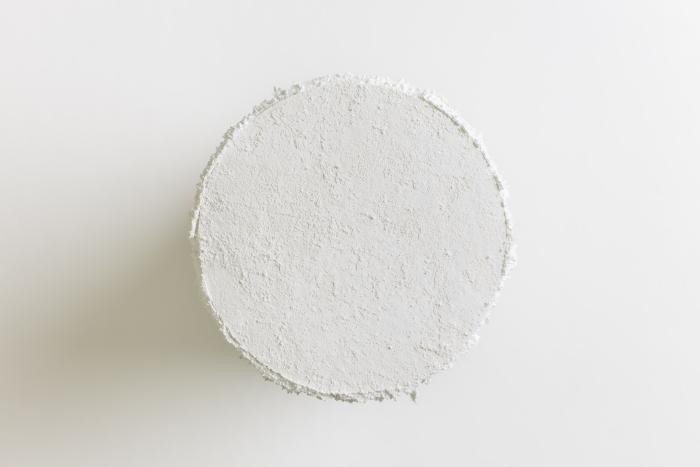
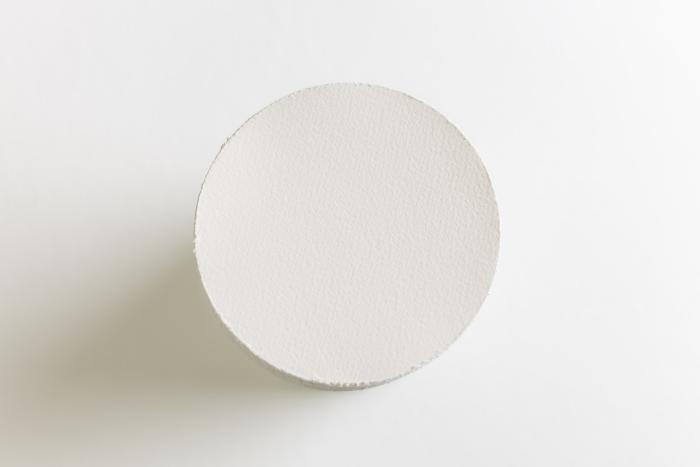
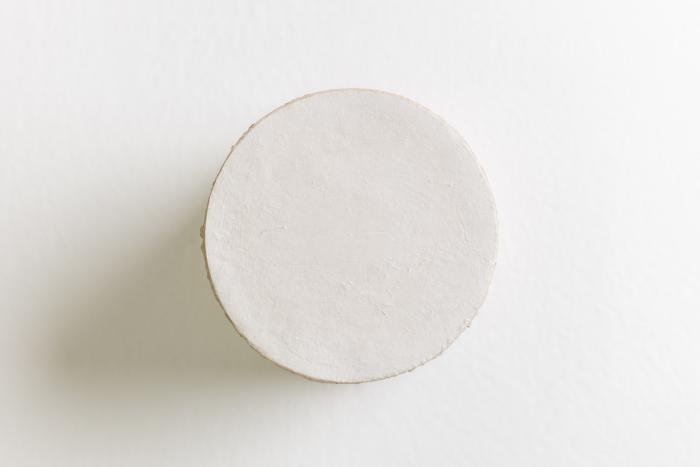

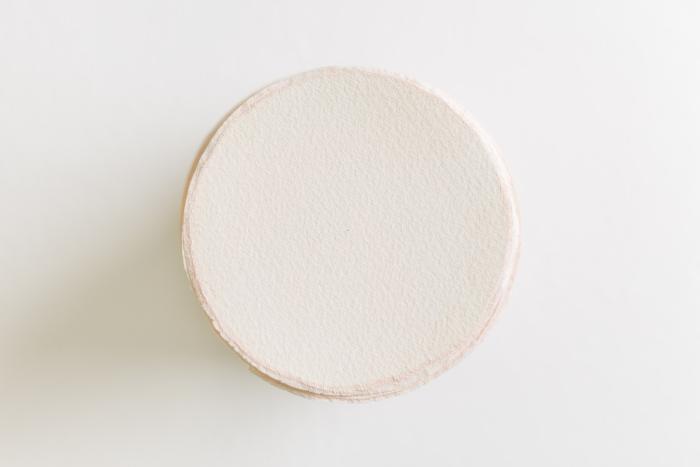

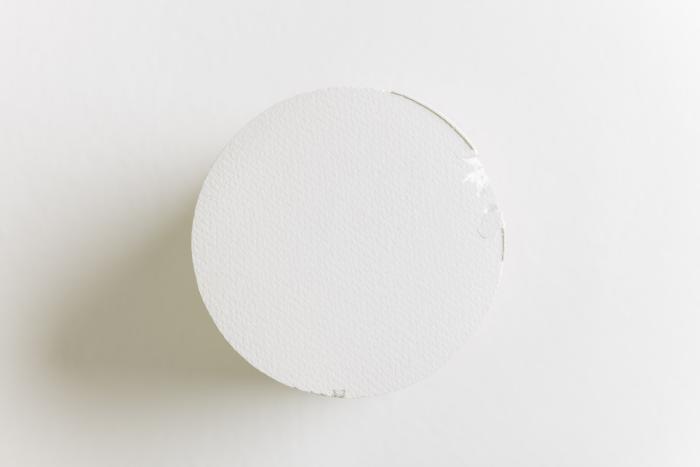
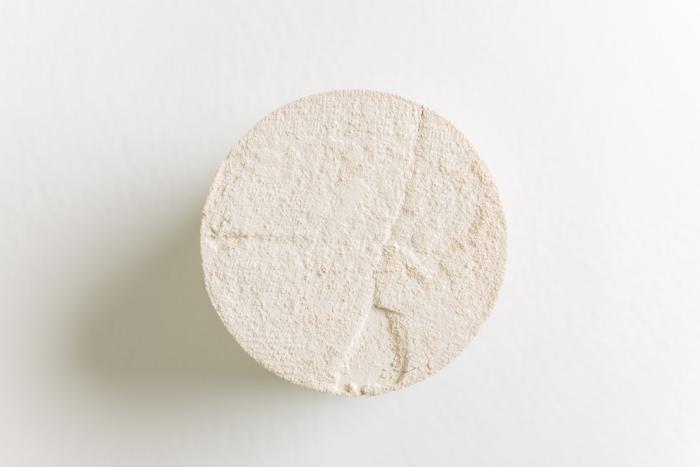
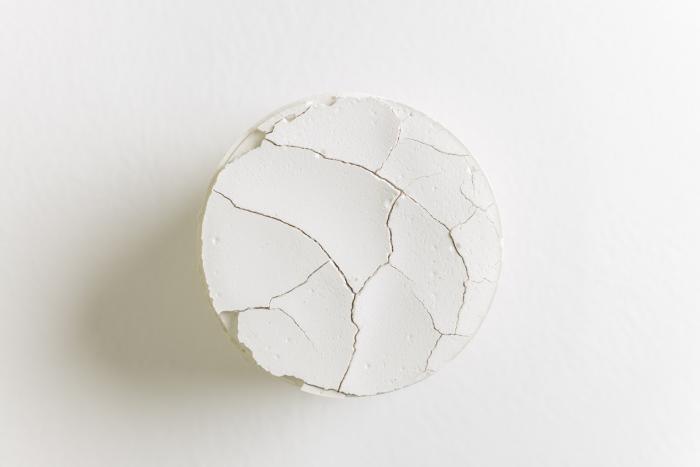
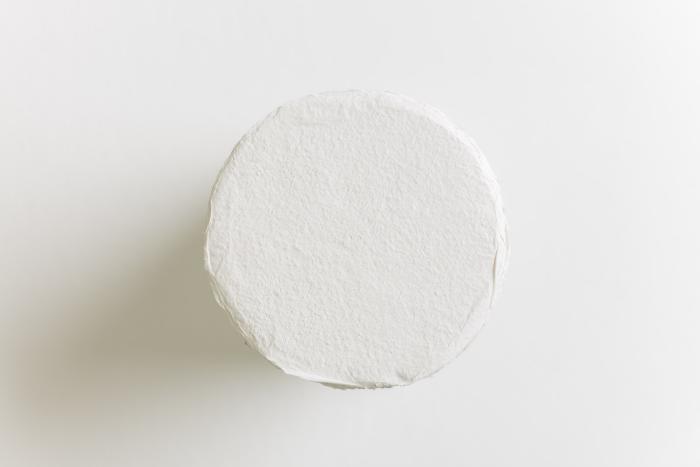
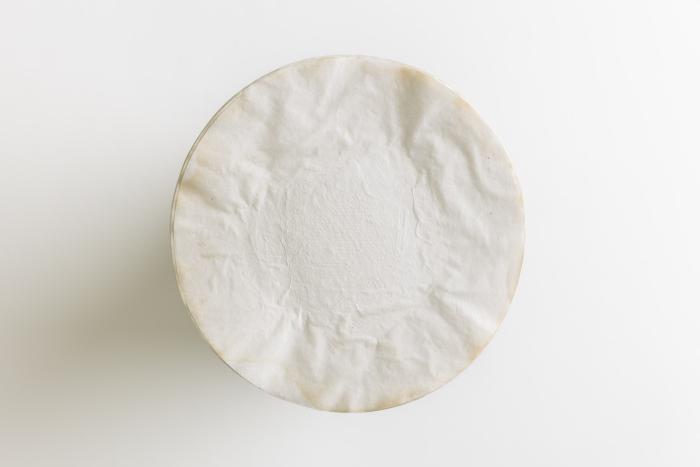
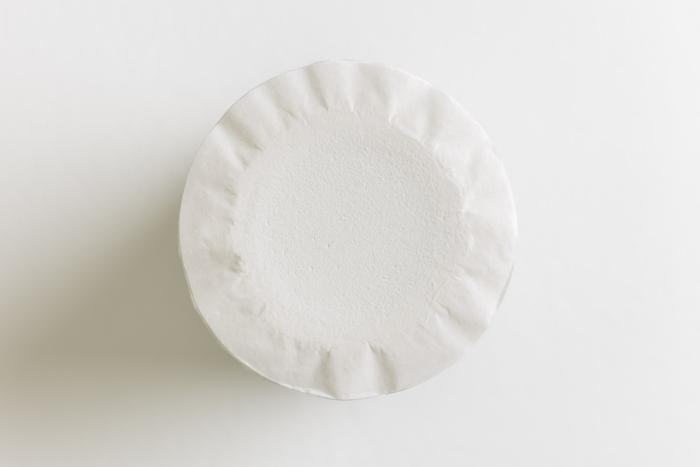
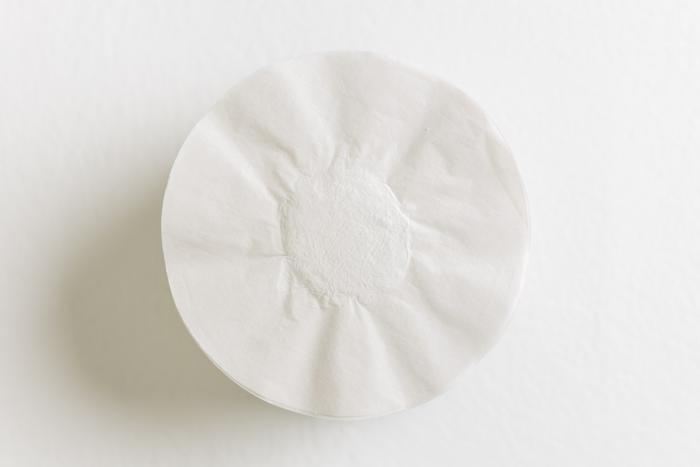
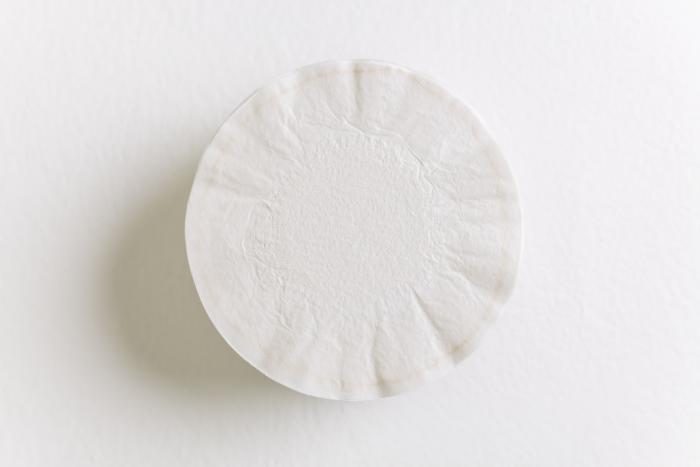
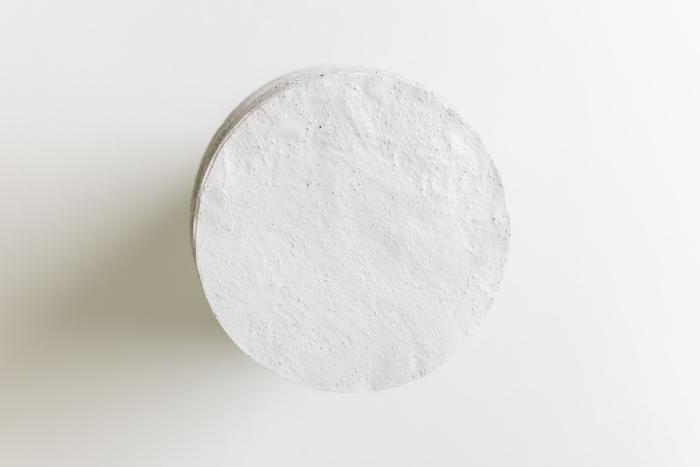
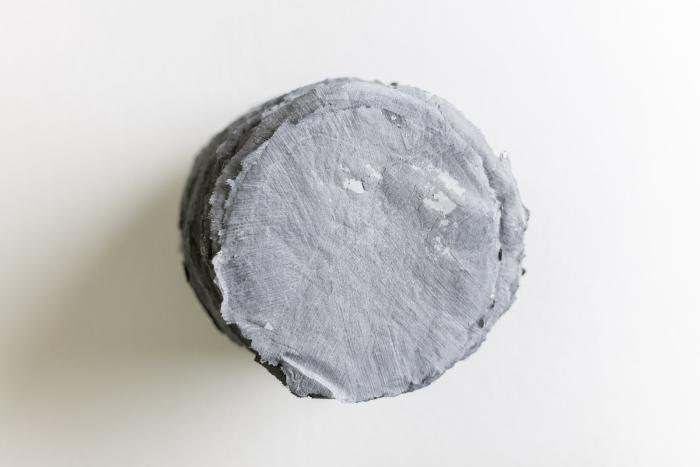
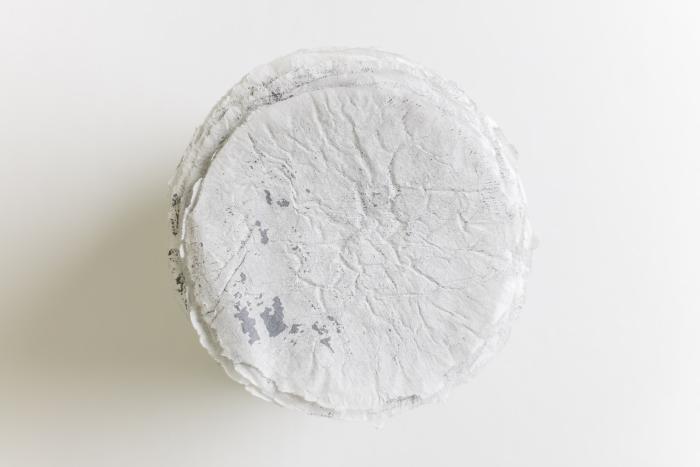
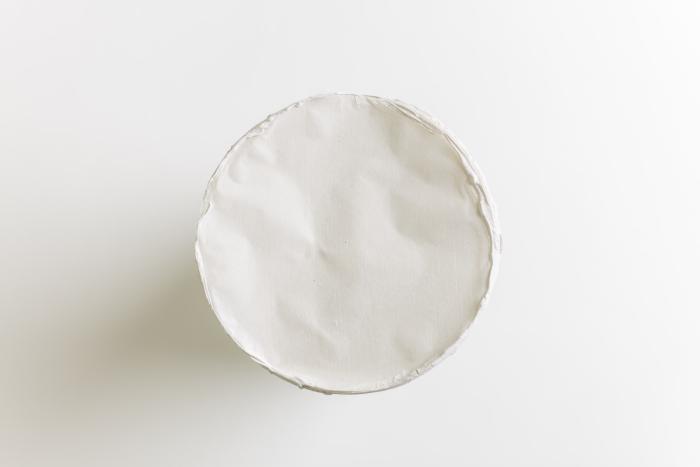
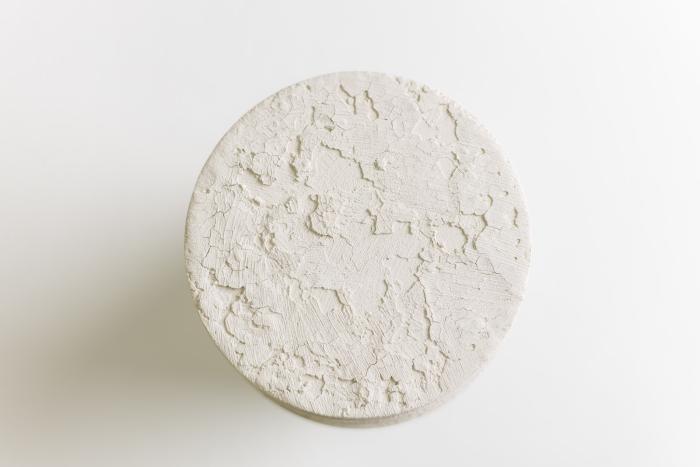
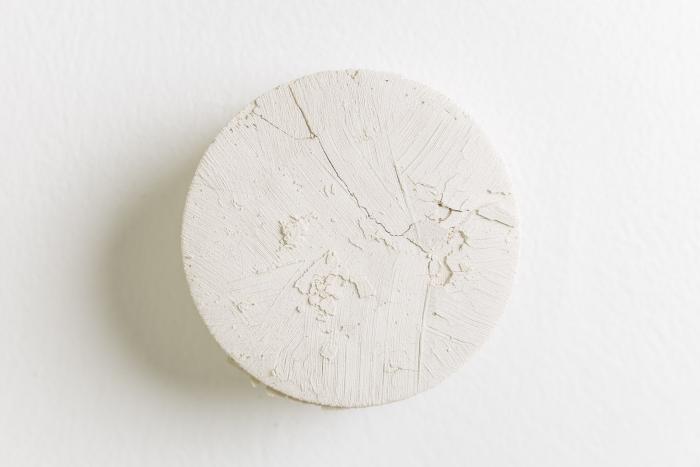
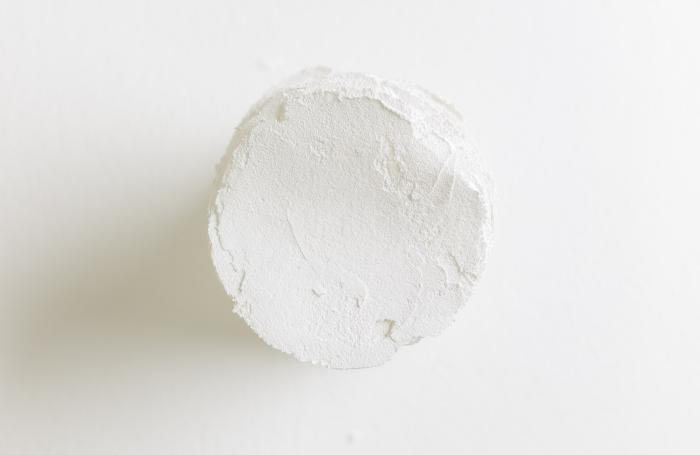
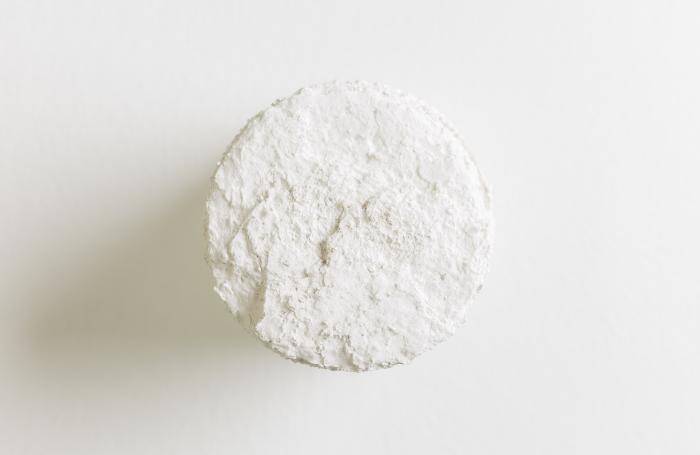
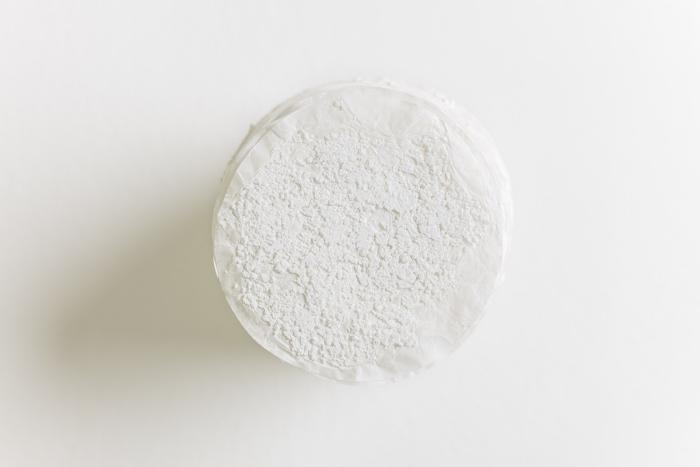
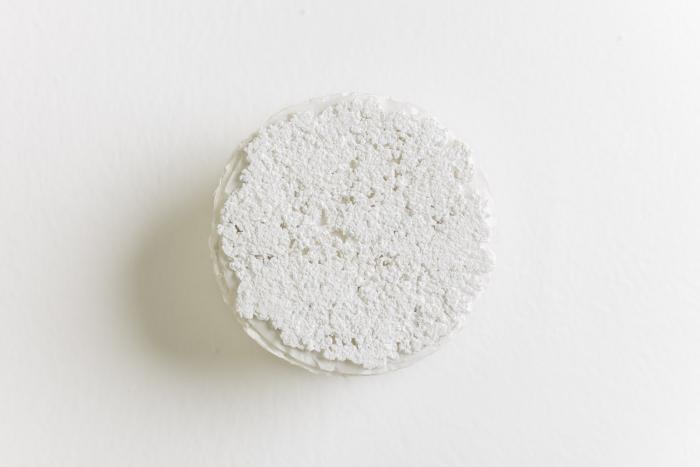
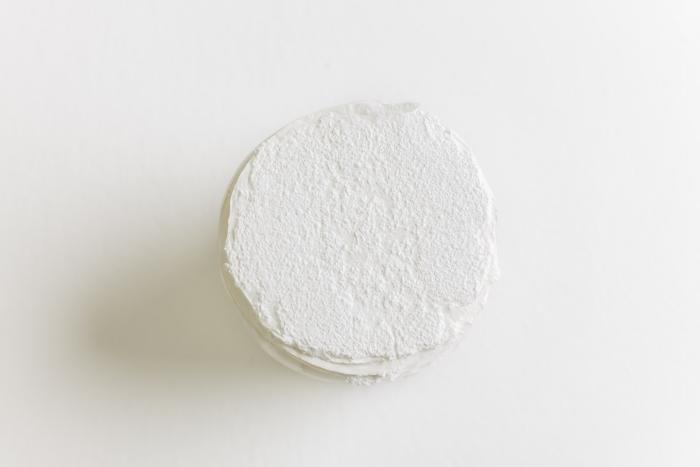
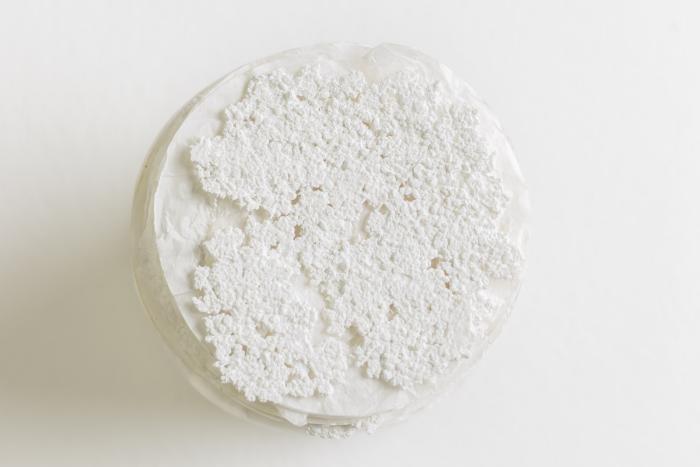
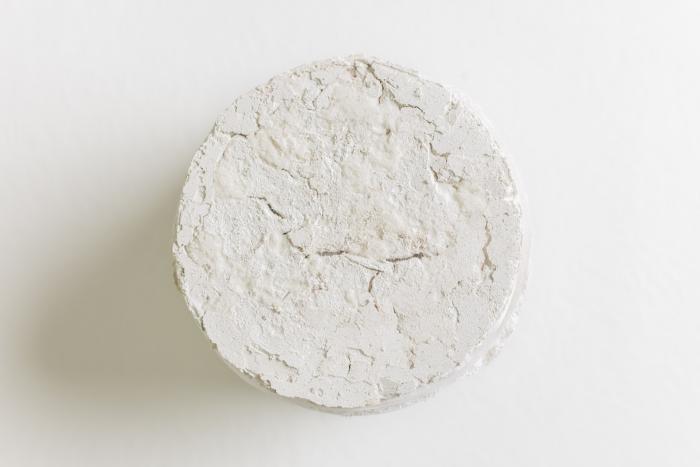
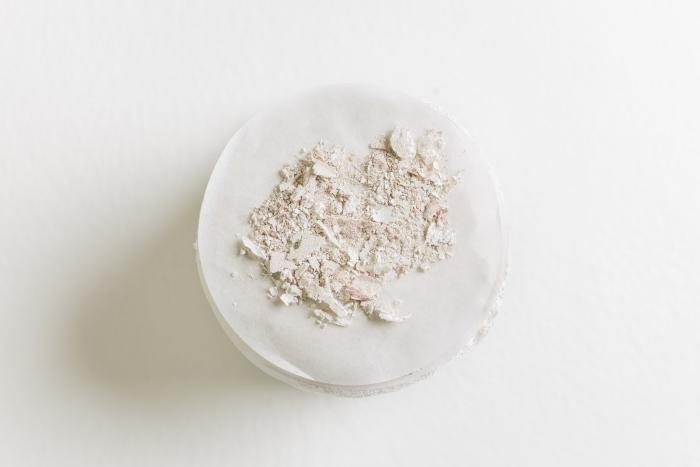
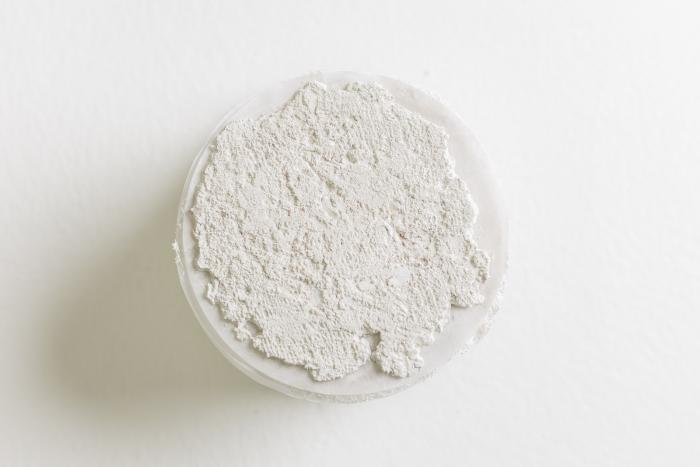
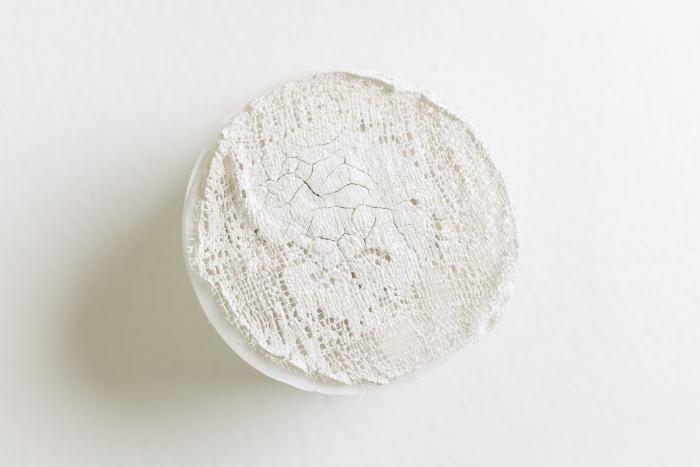
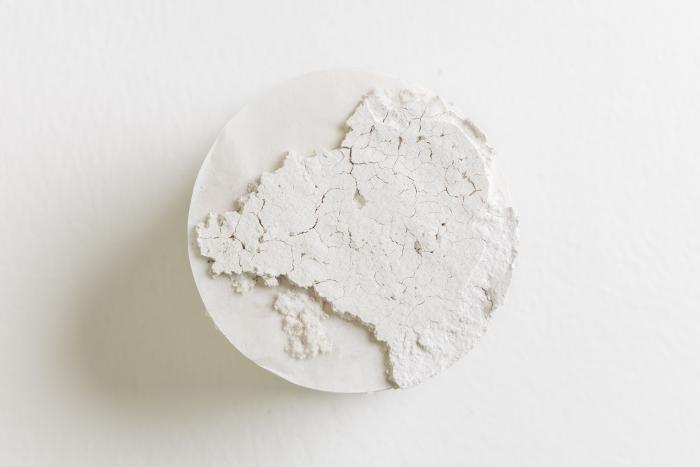
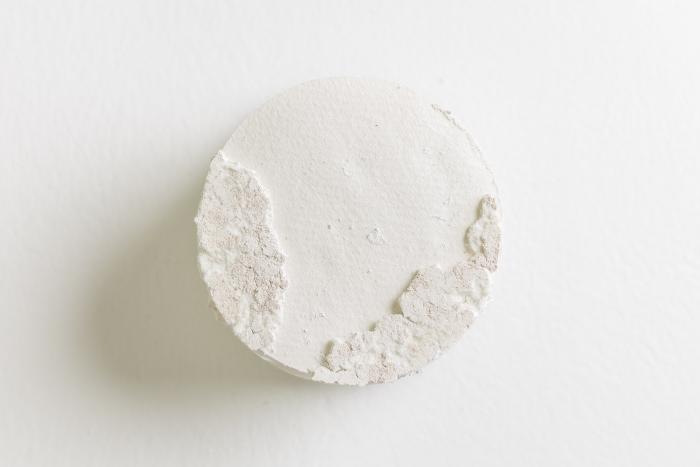
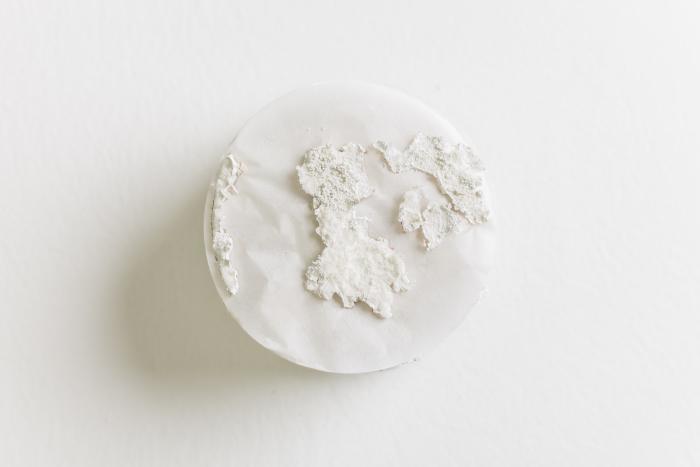
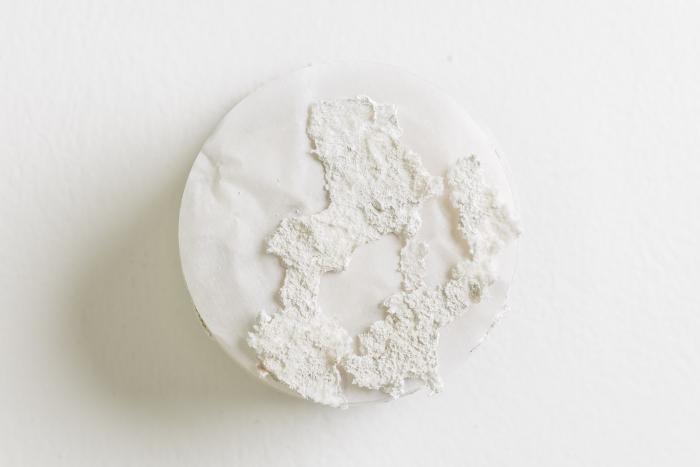
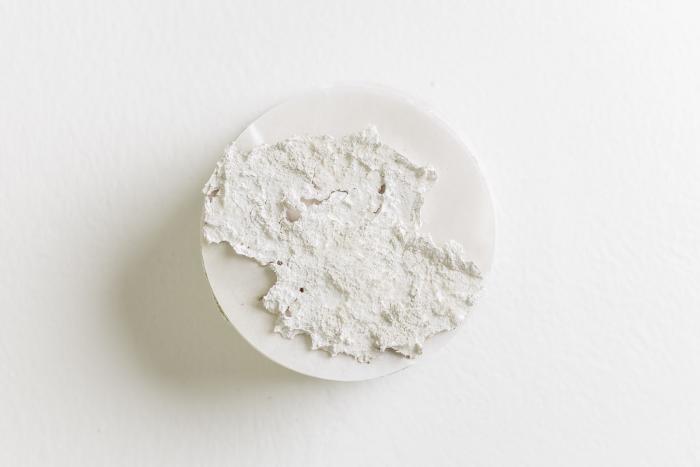
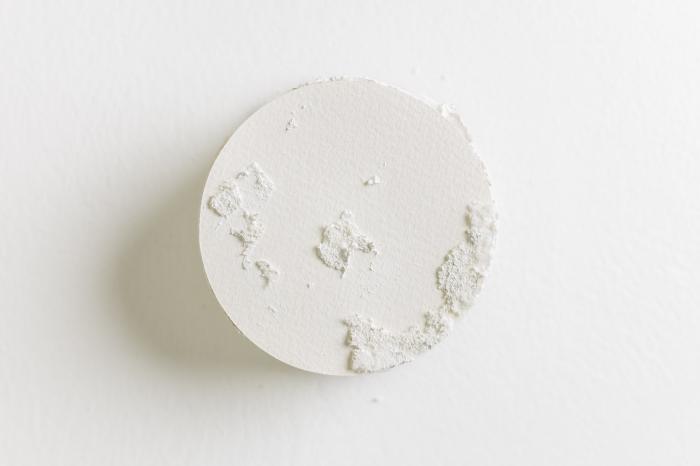
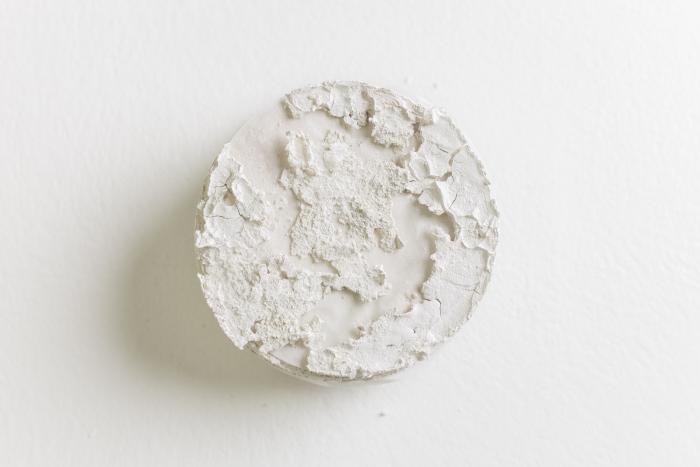

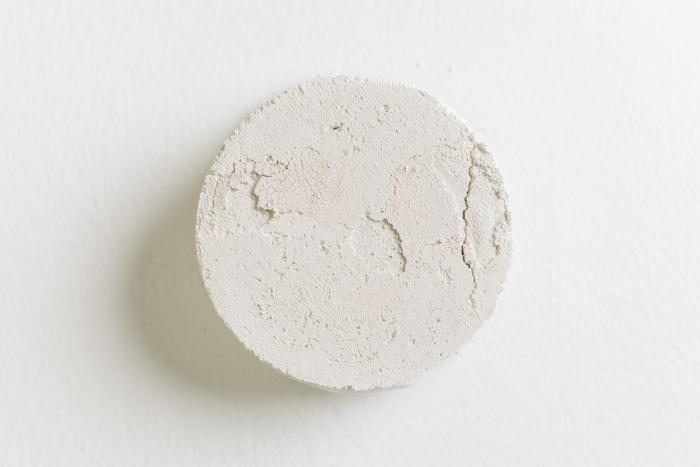
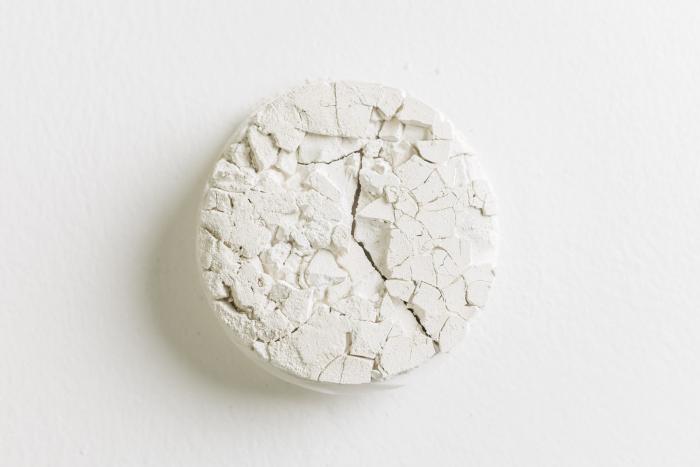

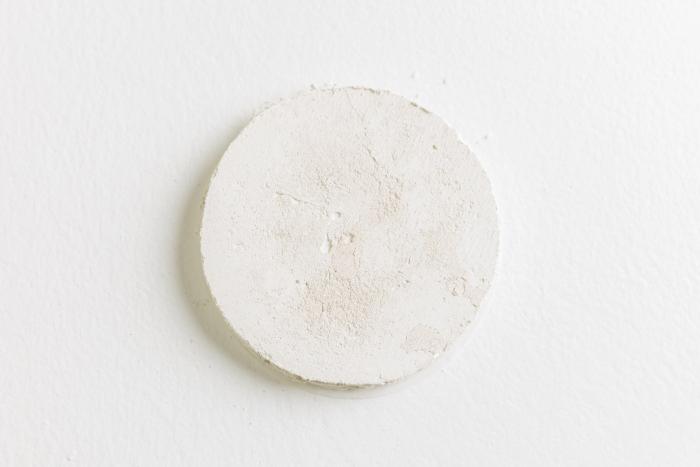
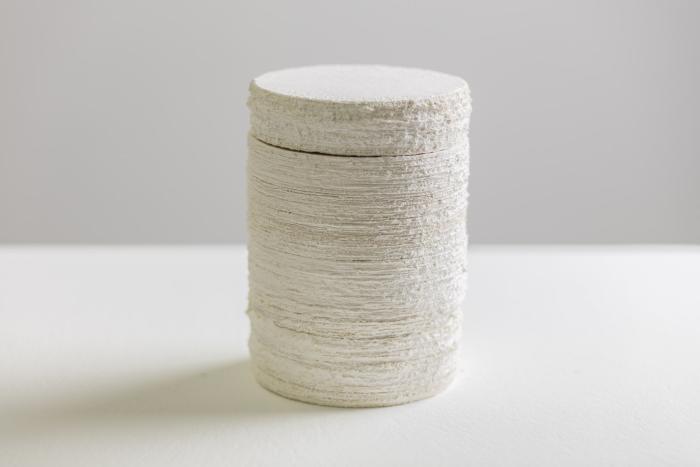
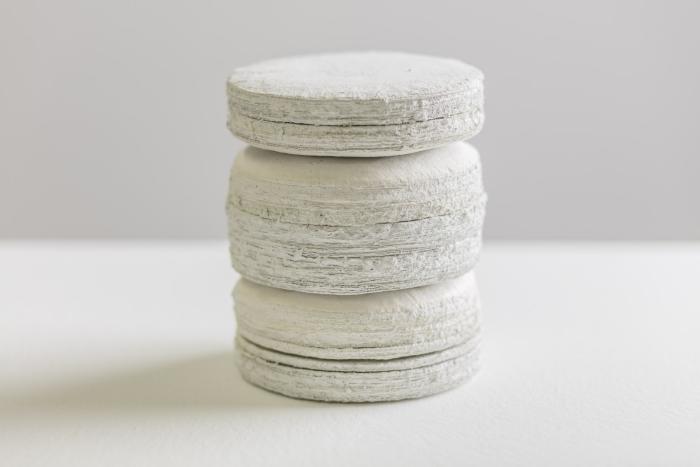
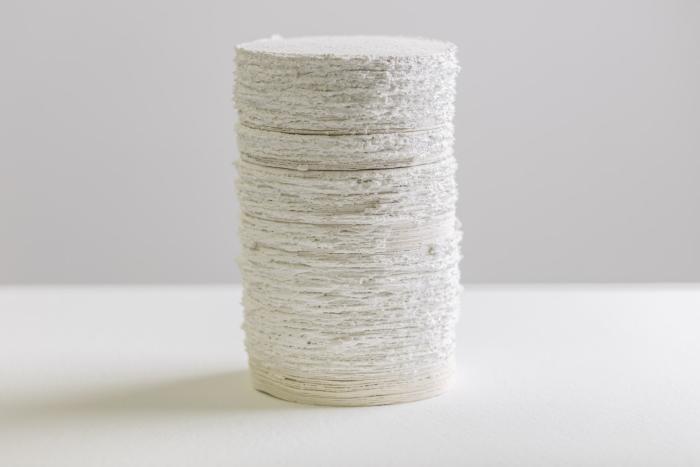
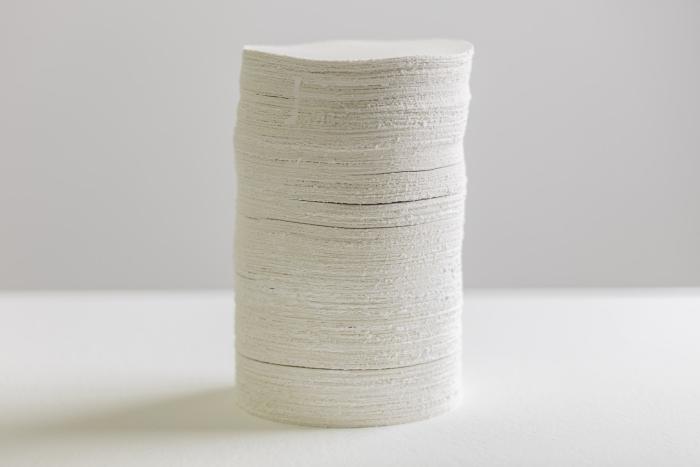
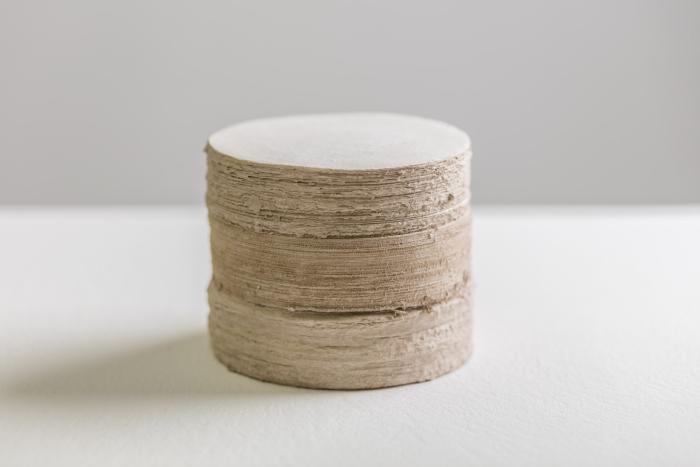
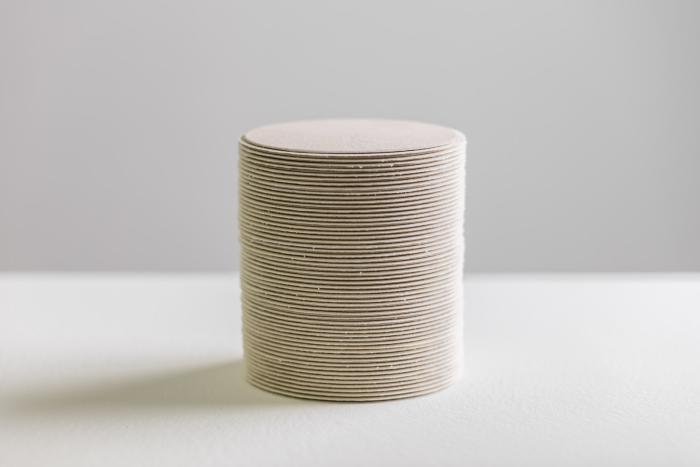
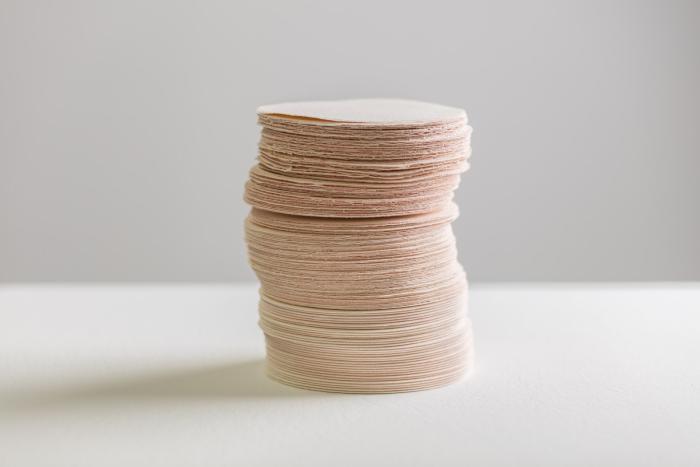
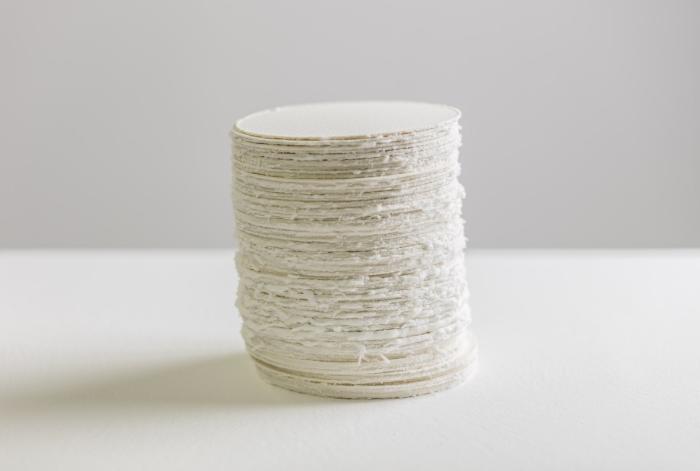
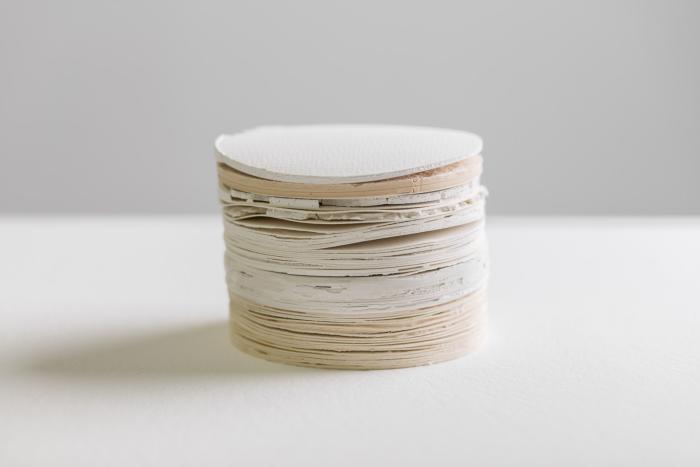
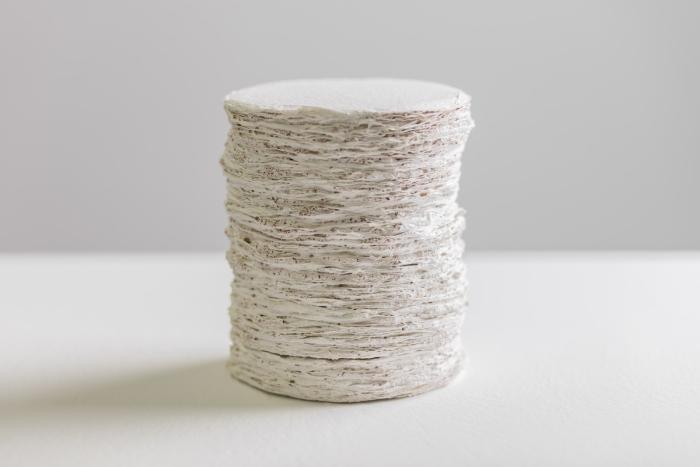
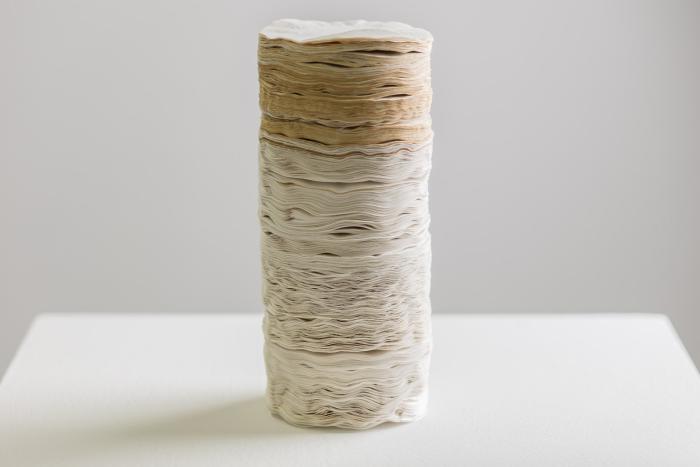
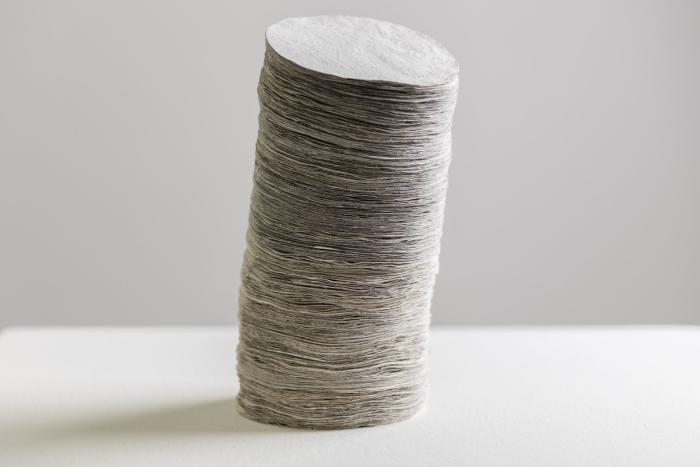
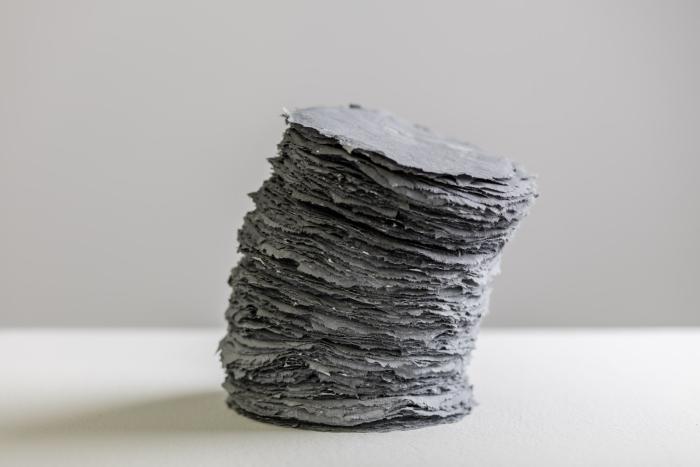
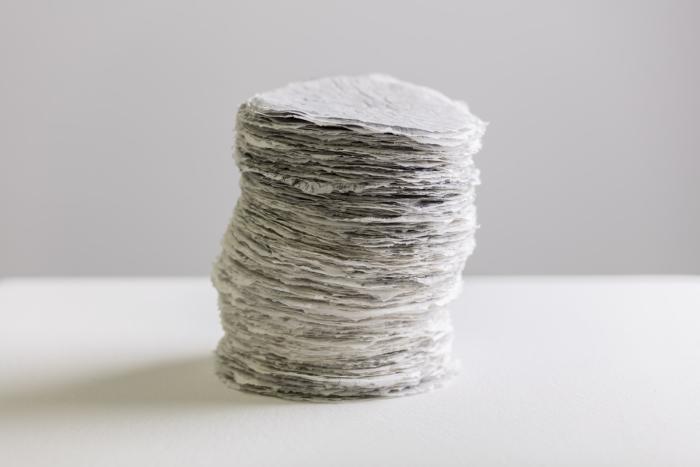
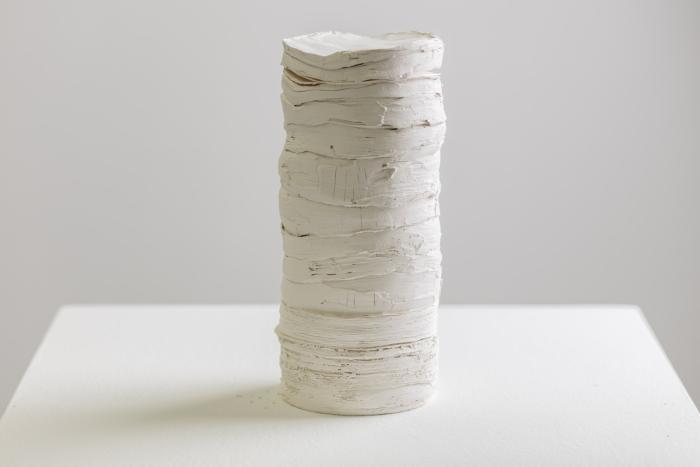
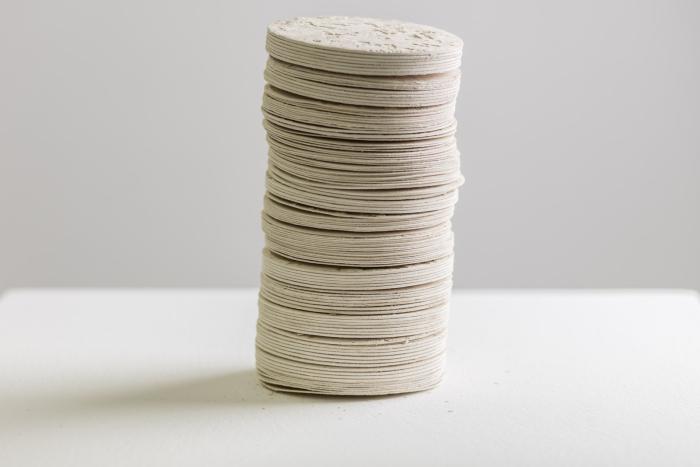
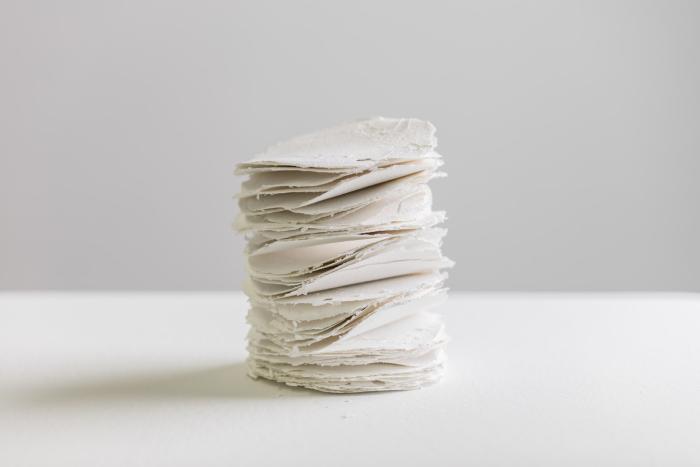
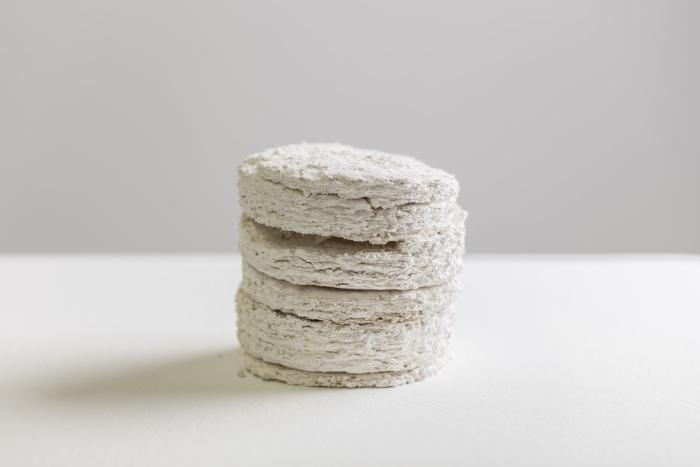
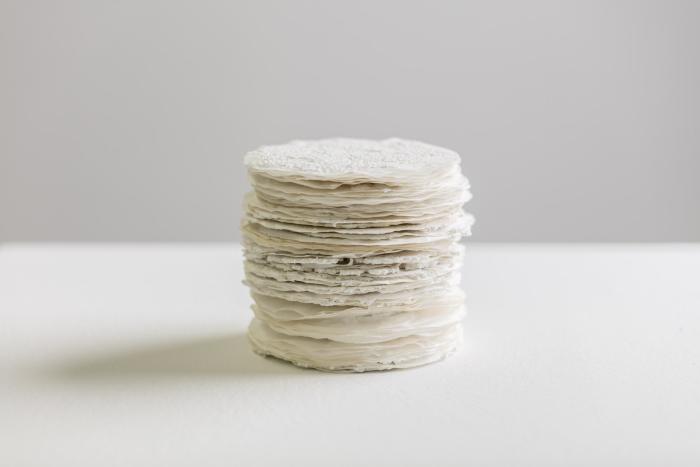
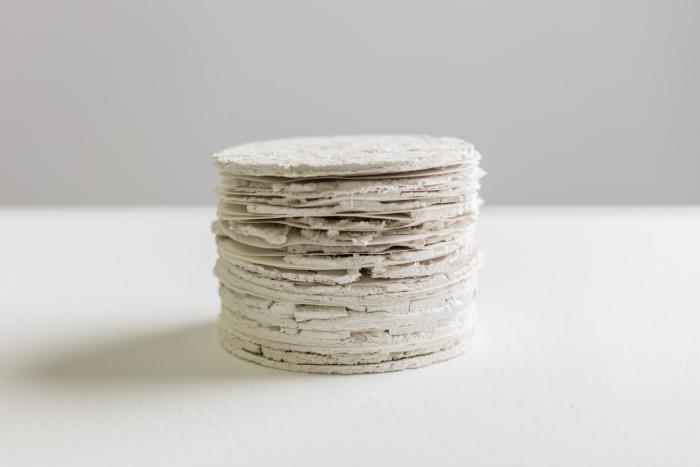
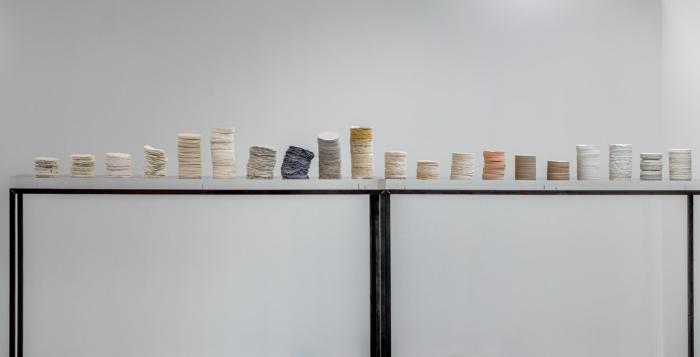
Photography by Hong Huazheng